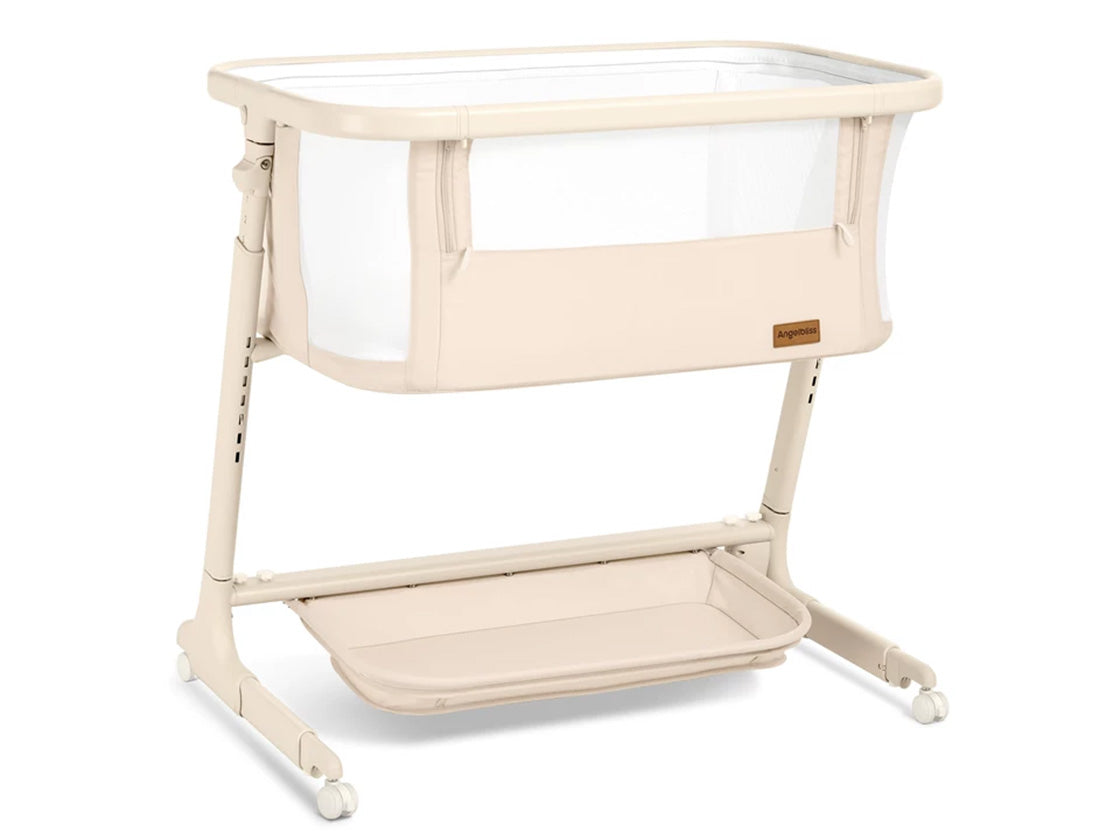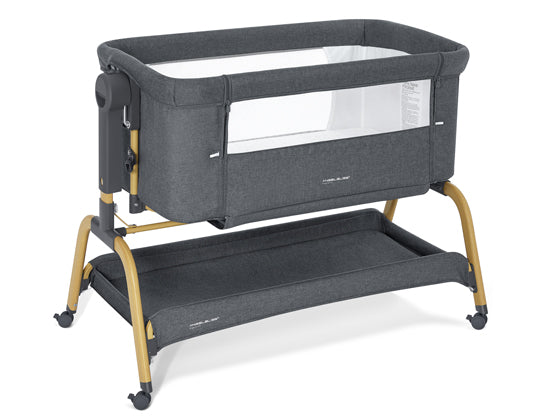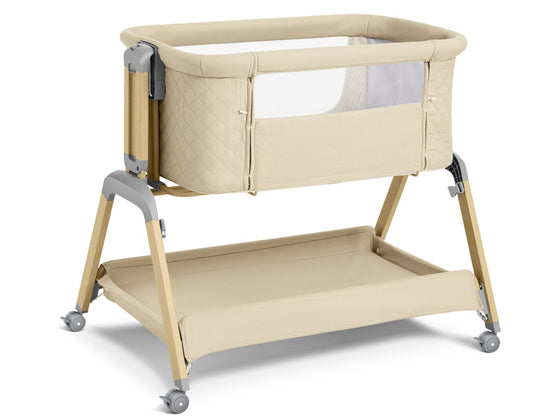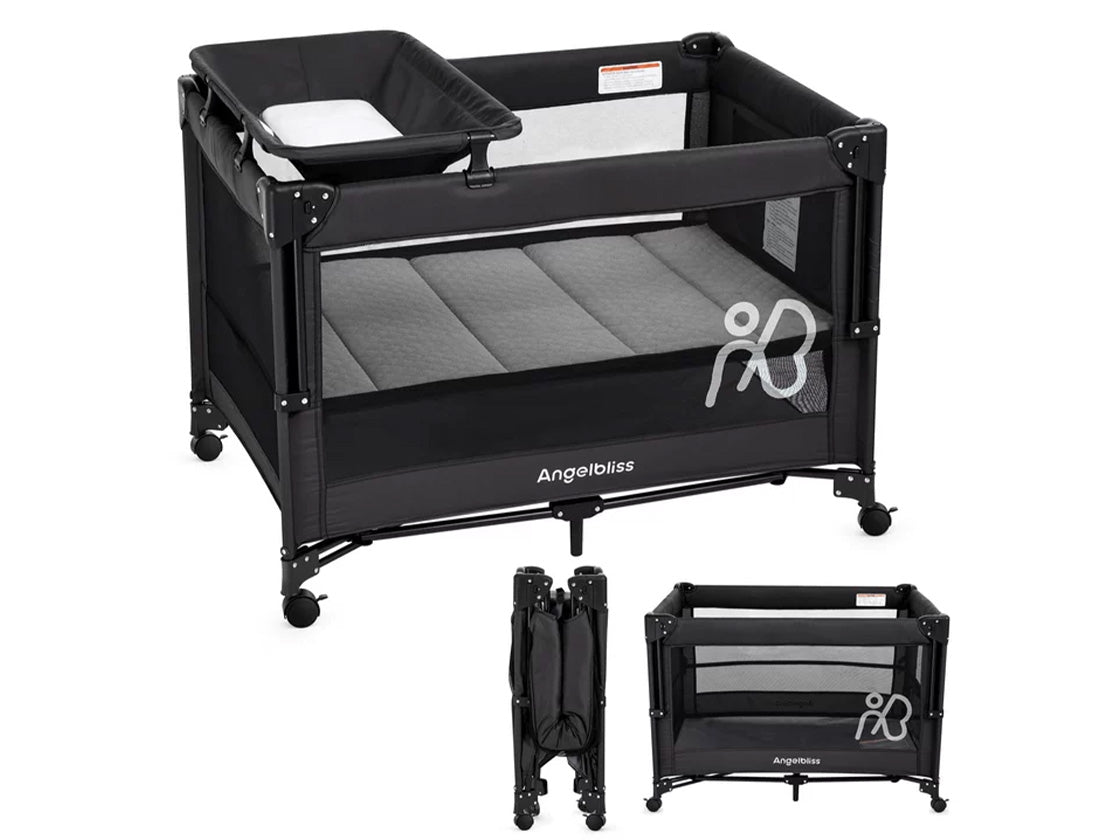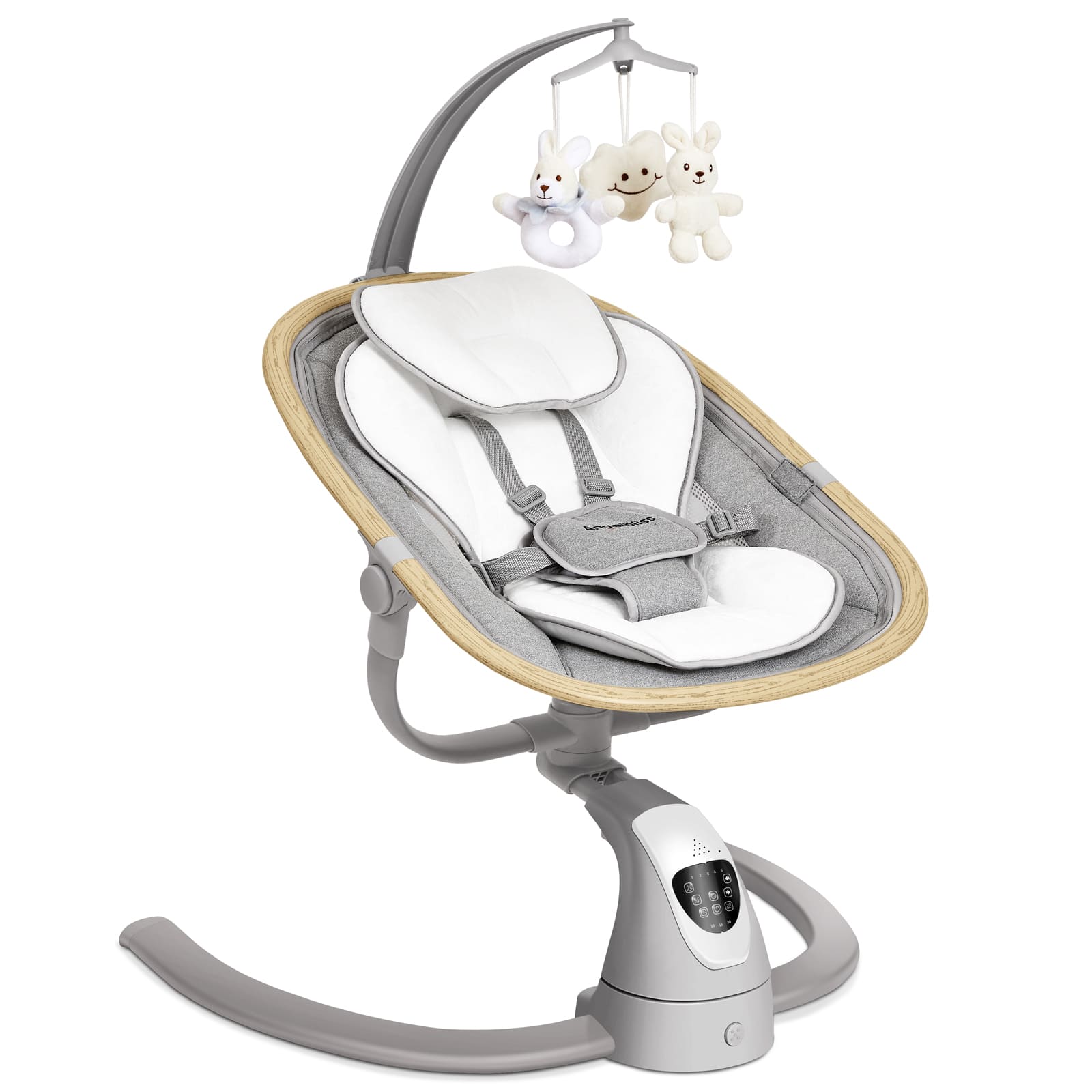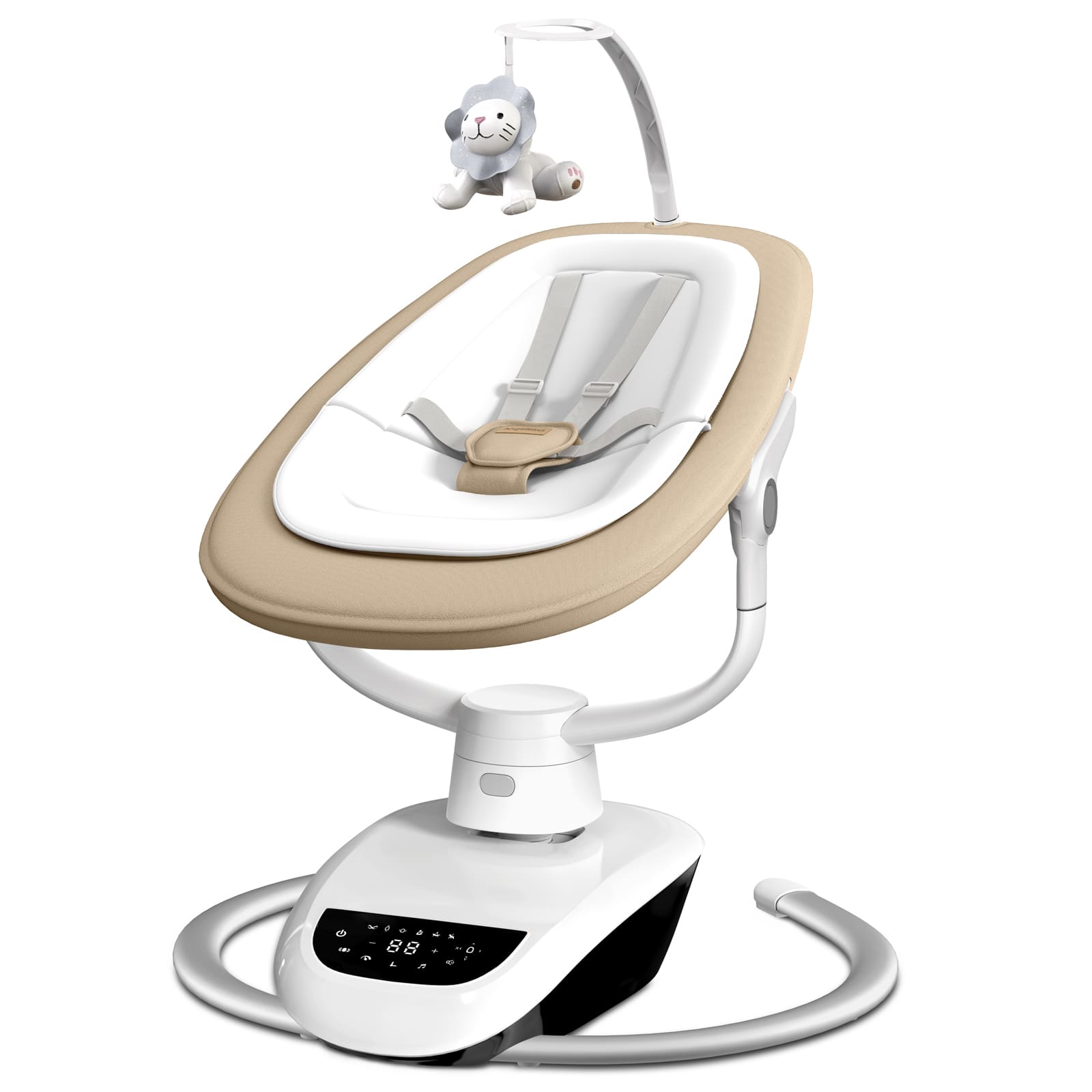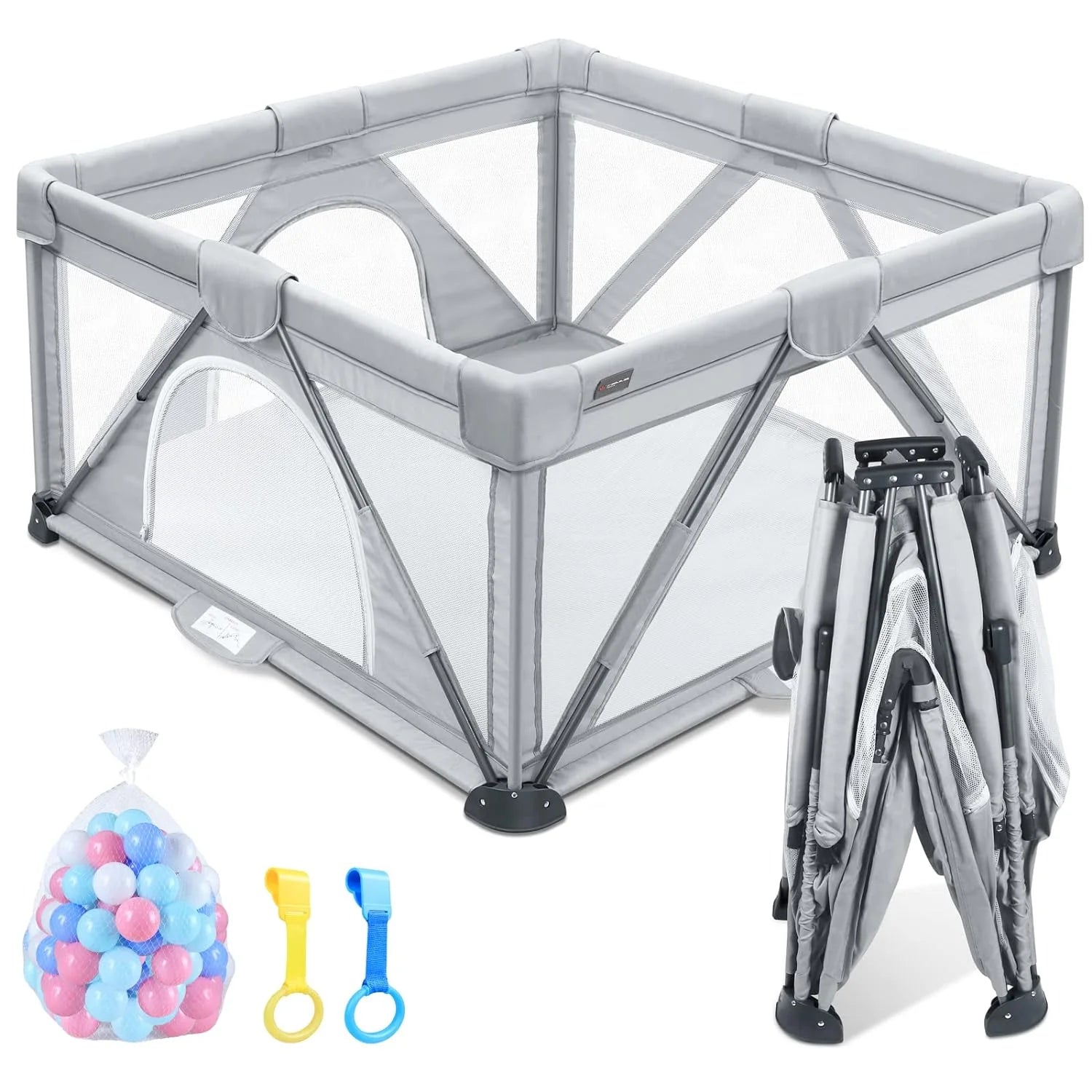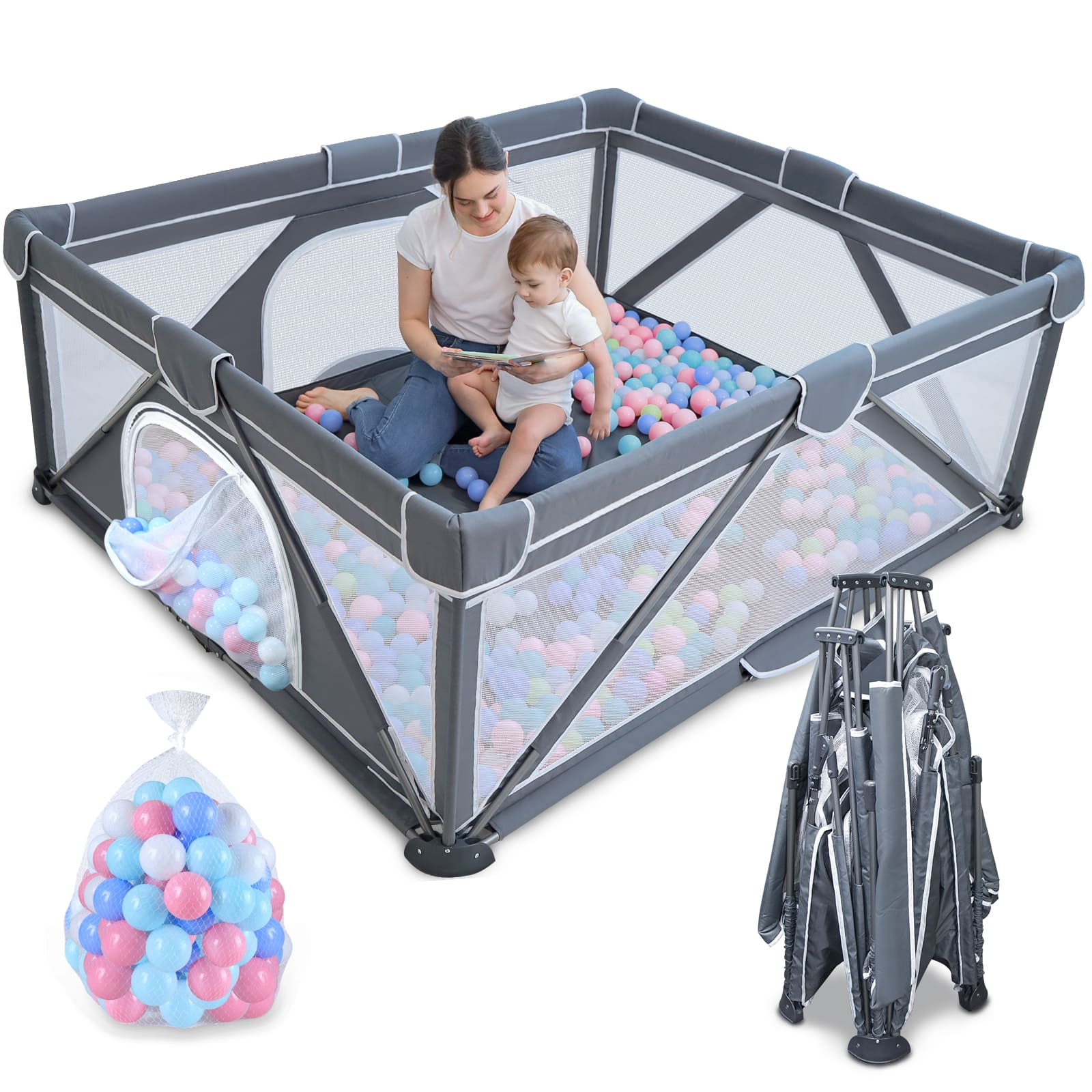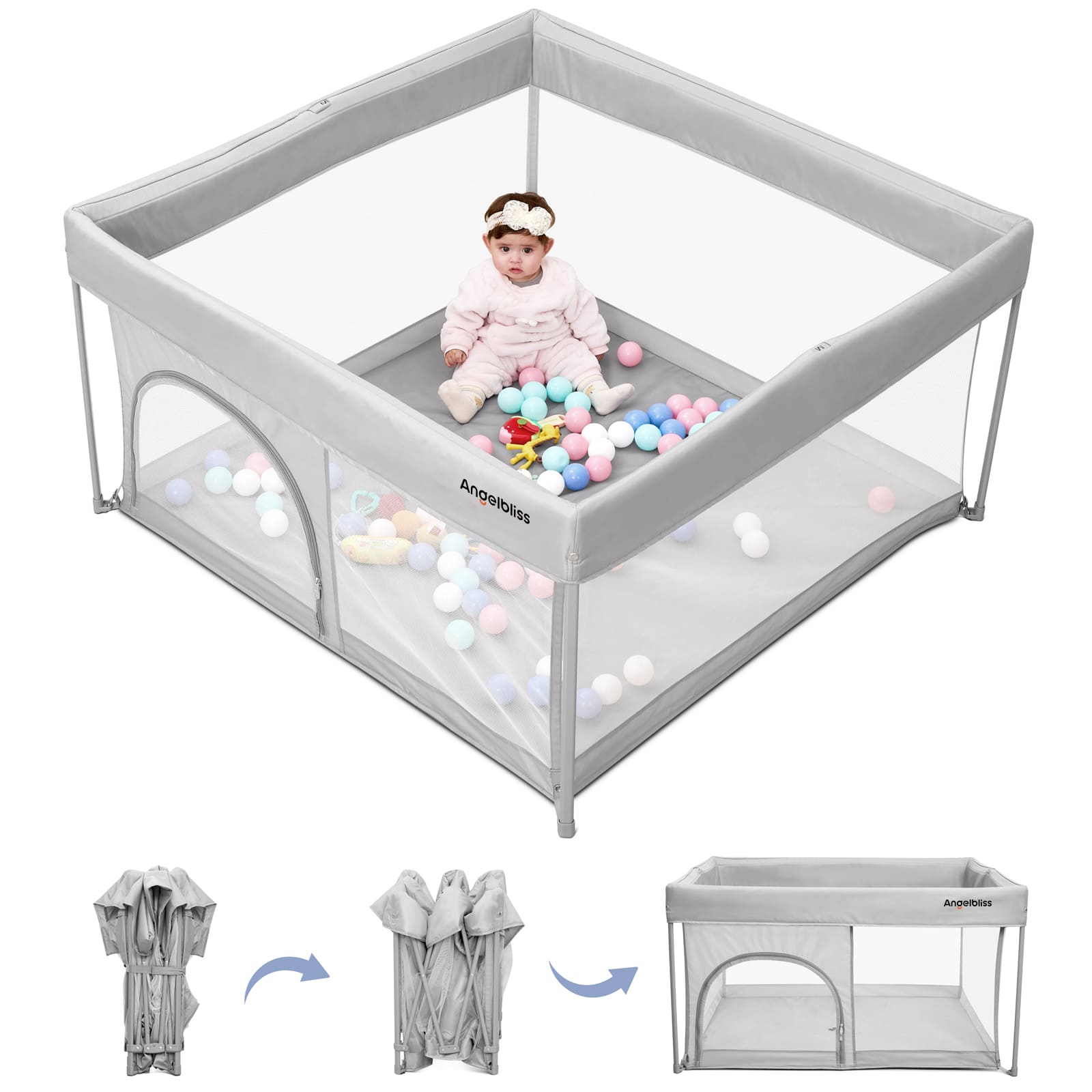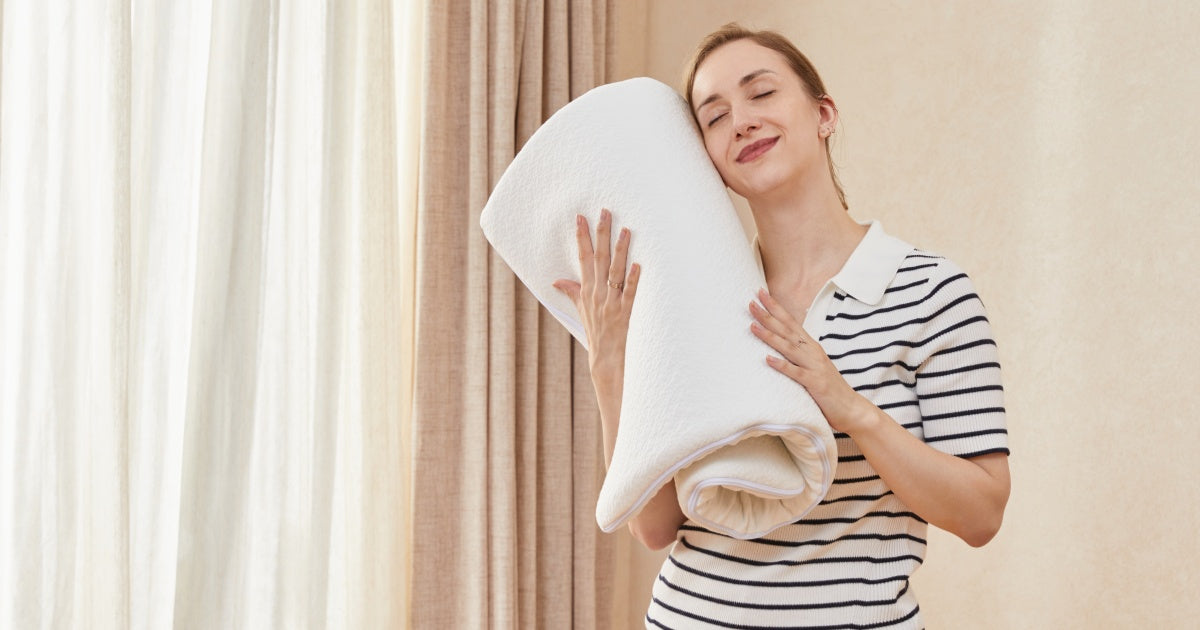Why Your Baby Needs a Bassinet
A bassinet is the safest place for your newborn to sleep. It keeps your baby close to you while reducing risks like Sudden Infant Death Syndrome (SIDS).
But many parents struggle when their baby refuses to sleep in the bassinet. Don’t worry—this guide will explain why it happens and how to fix it.
6 Reasons Your Baby Won’t Sleep in the Bassinet
The Bassinet Feels Unfamiliar or Uncomfortable
Newborns are used to the warm, snug feeling of the womb. A bassinet’s flat mattress and open space might feel strange. Check if the mattress is too hard or if the sheets are scratchy. About how to Choose the Perfect Bassinet Mattress for Your Baby
Your Baby Misses Your Warmth
Babies love being held. The bassinet can feel cold and lonely compared to your arms.
Try warming the bassinet with a heating pad (remove it before placing the baby) or using soft, cozy blankets (but never loose ones!).
Overtiredness Makes It Hard to Settle
If your baby stays awake too long, they become fussy and fight sleep.
Look for signs like yawning, eye-rubbing, or staring blankly. Put them in the bassinet before they get too tired.
Gas or Reflux Hurts Their Tummy
Gas bubbles or acid reflux (when milk comes back up) can make lying flat in the bassinet painful.
Burp your baby well after feeds and ask your doctor about keeping the bassinet’s head slightly raised.
The Startle Reflex Wakes Them Up
Newborns often jerk their arms or legs while sleeping (called the Moro reflex).
This sudden movement can wake them up in the bassinet. Swaddling helps stop this reflex.
The Room Is Too Bright, Noisy, or Quiet
A completely dark or silent room might scare your baby.
Try soft lighting or gentle white noise (like a fan) to make the bassinet feel calm but not too quiet.
Why a Bassinet Is Safer Than Other Sleep Spaces
- Reduces SIDS Risk: Bassinets have flat, firm surfaces that keep your baby’s airway open.
- Easy to Monitor: You can place the bassinet next to your bed to check on your baby at night.
-
Portable: Most bassinets are lightweight, so you can move them to different rooms during the day.

7 Easy Steps to Get Your Baby to Sleep in the Bassinet
Step 1: Make the Bassinet Feel Like Home
- Use sheets made of soft cotton.
- Place a worn T-shirt (with your scent) under the bassinet sheet. Your smell will comfort your baby.
- Keep the room temperature between 68–72°F (20–22°C).
Step 2: Swaddle Your Baby
- Swaddling mimics the snug feeling of the womb and stops the startle reflex.
- Wrap your baby snugly in a thin blanket or use a sleep sack. Make sure their hips can move freely.
- If your baby hates swaddling, try a sleep sack with open arms.
Step 3: Follow a Simple Bedtime Routine
- Example routine: Feed your baby, give a warm bath, dim the lights, sing a lullaby, then place them in the bassinet.
- Repeat this every night. Babies love routines—it helps them feel safe.
Step 4: Practice Daytime Naps in the Bassinet
- Start by putting your baby in the bassinet for 1–2 naps a day. Use the same routine as nighttime.
- If they cry, wait 2–3 minutes before picking them up. They might settle on their own.
Step 5: Help with Gas or Reflux
- Burp your baby for 5–10 minutes after every feed.
- Hold them upright for 15–20 minutes before placing them in the bassinet.
- Ask your doctor if raising the bassinet’s head by 10 degrees (using a towel under the mattress) is safe for reflux.
Step 6: Put Your Baby Down Drowsy but Awake
- Don’t wait until your baby is fully asleep. Place them in the bassinet when their eyes are heavy but still open.
- They learn to go to sleep in the bassinet on their own thanks to this.
Step 7: Stay Patient and Consistent
- It might take 3–5 days for your baby to adjust to the bassinet. Don’t give up!
- If they cry for more than 10 minutes, comfort them (pat their back or offer a pacifier), then try again.
Fixing Common Bassinet Sleep Problems
Problem 1: Baby Cries When Placed in the Bassinet
- Check for discomfort: Are they too hot, cold, or hungry?
- Try the "Elevator" Trick: Lower your baby into the bassinet slowly, keeping your hands under them for a few seconds. Sudden movements can startle them.
Problem 2: Baby Wakes Up Every Hour
- Rule out hunger: Newborns need to eat every 2–3 hours.
- Use white noise: Employ white noise: To prevent kids from being awakened by unexpected noises, use a fan or white noise machine.
Problem 3: Baby Rolls Over in the Bassinet
- Stop swaddling: Once your baby can roll over, switch to a sleep sack without arm wraps.
- Move to a crib: Most bassinets are only safe until your baby can sit up or roll over.
Bassinet Safety Rules You Must Follow
- No pillows, toys, or blankets: These can block your baby’s breathing.
- Firm mattress only: Soft mattresses increase SIDS risk.
- Place the bassinet in your room: Sharing a room for at least six months is advised by the American Academy of Pediatrics.
Answers to Top Bassinet Questions
Q: How long can a baby sleep in a bassinet?
A: Until they can roll over or are 4–6 months old, most newborns utilize a bassinet. Check your bassinet’s weight limit (usually 15–20 lbs).
Q: Can I use a bassinet for naps and nighttime?
A: Yes! Consistency helps your baby sleep better. Use the bassinet for all sleeps.
Q: What if my baby hates the bassinet?
A: Try adding your scent (like a worn shirt) to the bassinet. If they still refuse, ask your doctor about reflux or allergies.
Conclusion: Give the Bassinet Time to Work
Helping your baby sleep in a bassinet takes patience. Start with small steps, like daytime naps, and stay consistent. Remember—every baby is different. If one tip doesn’t work, try another! Soon, your baby will learn to love their cozy bassinet.
More Helpful Tips for Parents
- Best bassinet features to look for: Adjustable height, breathable mesh sides, and wheels for moving.
- Products that help: White noise machines, pacifiers, and swaddle sacks with zippers.
- When to call the doctor: If your baby screams in pain in the bassinet, has trouble breathing, or isn’t gaining weight.

